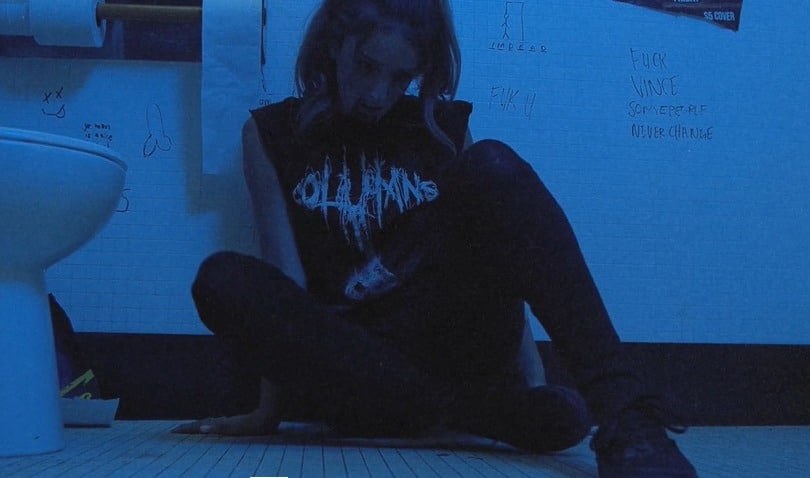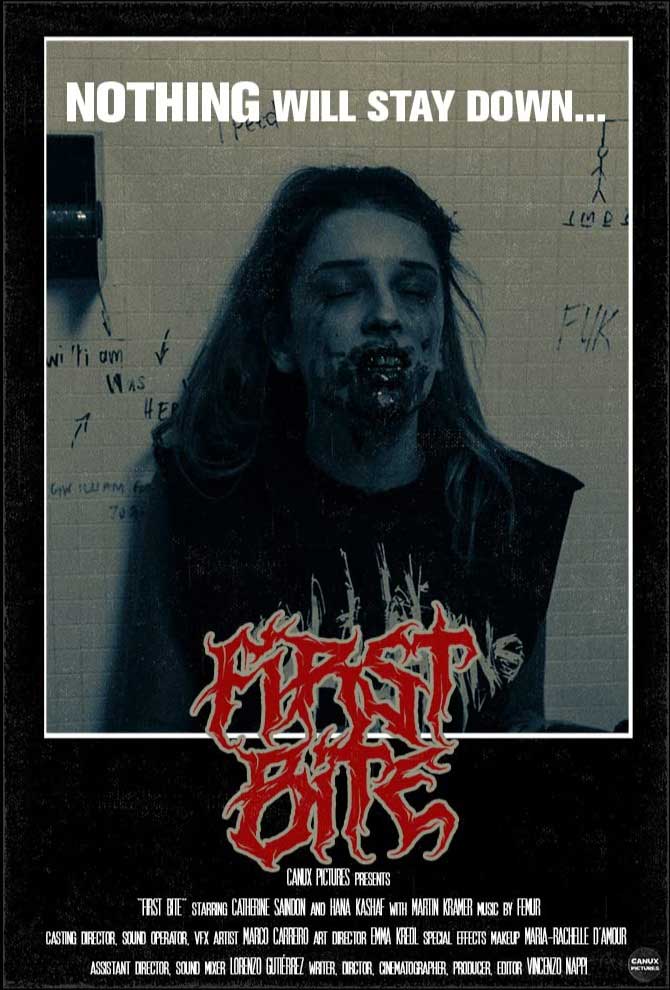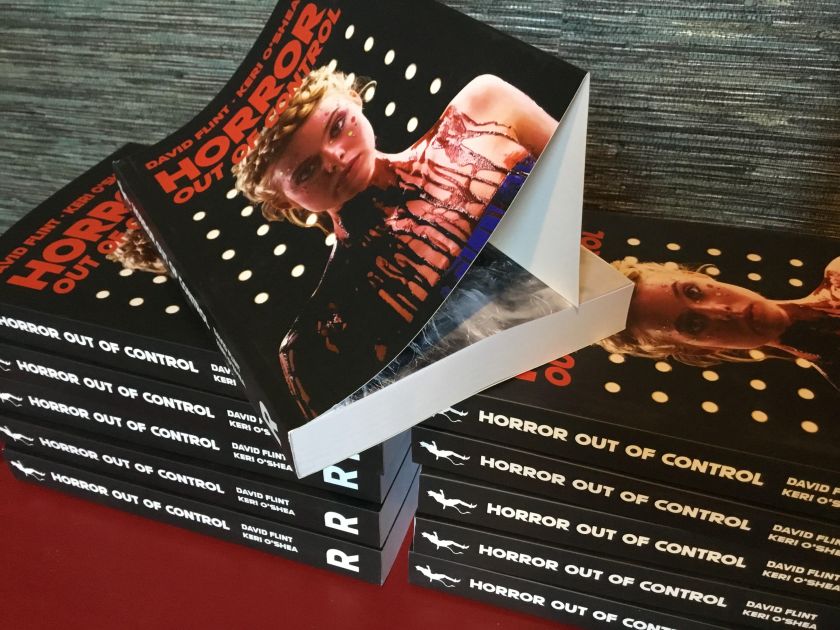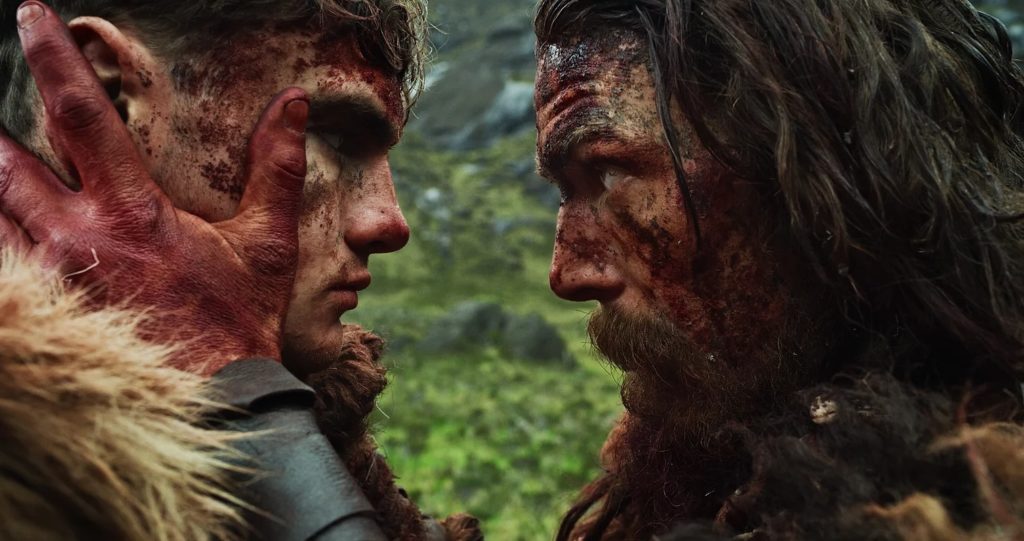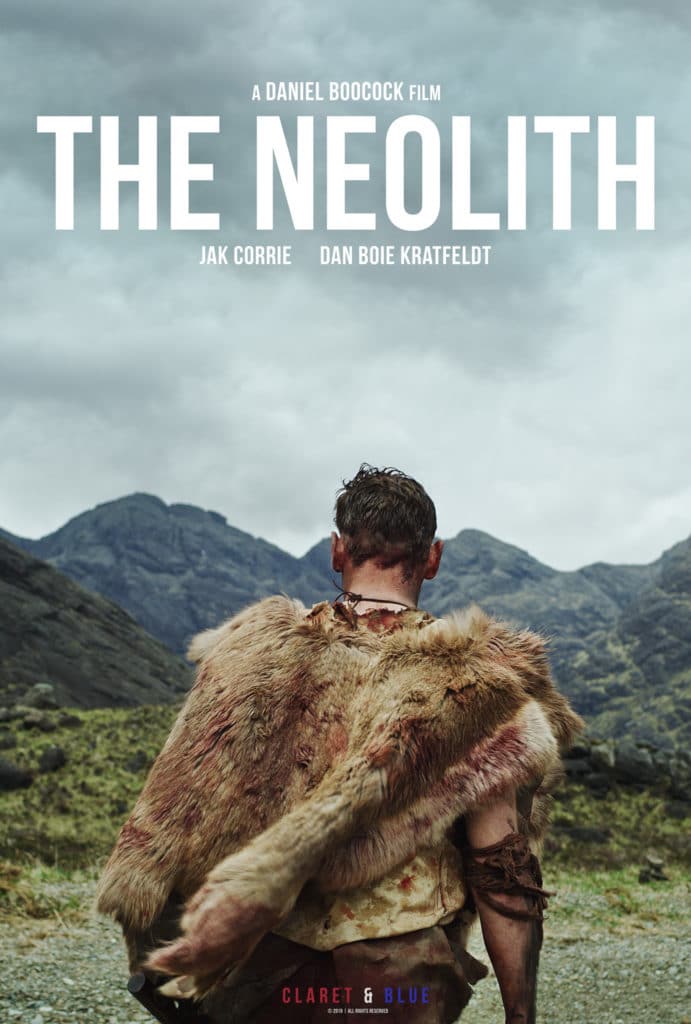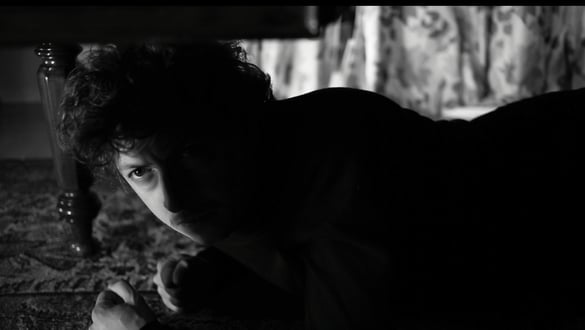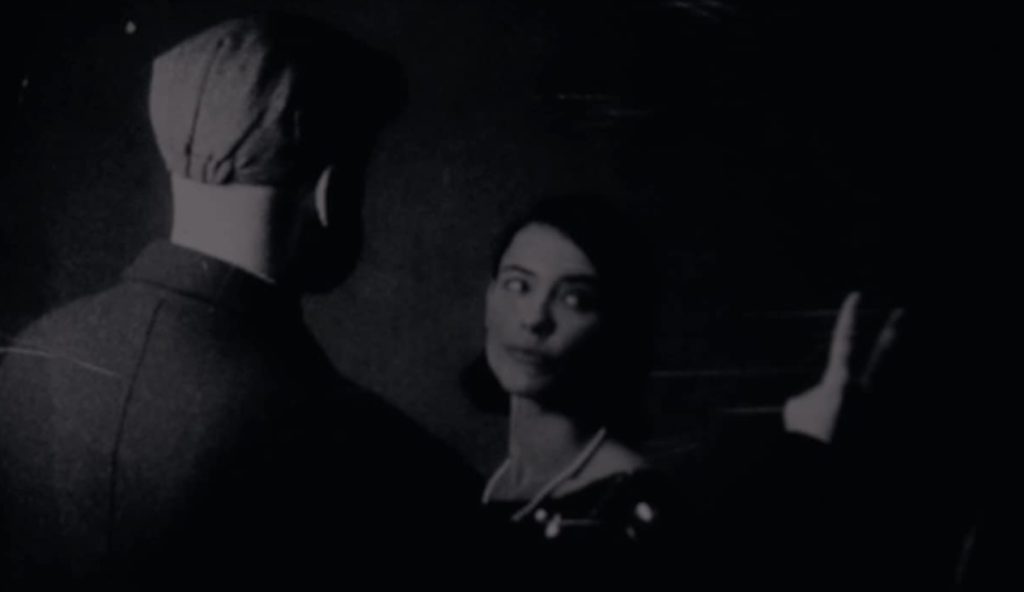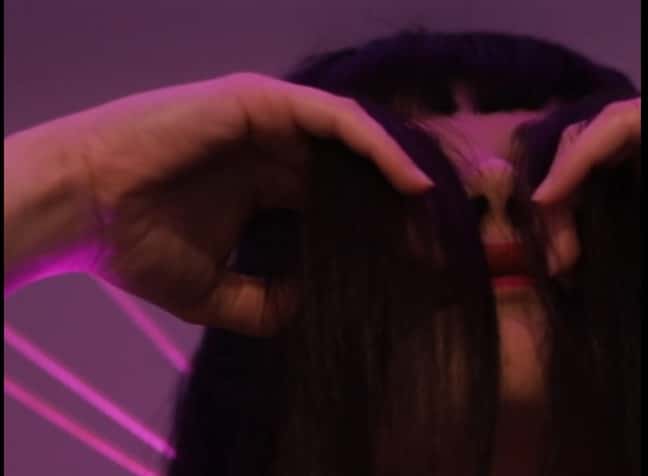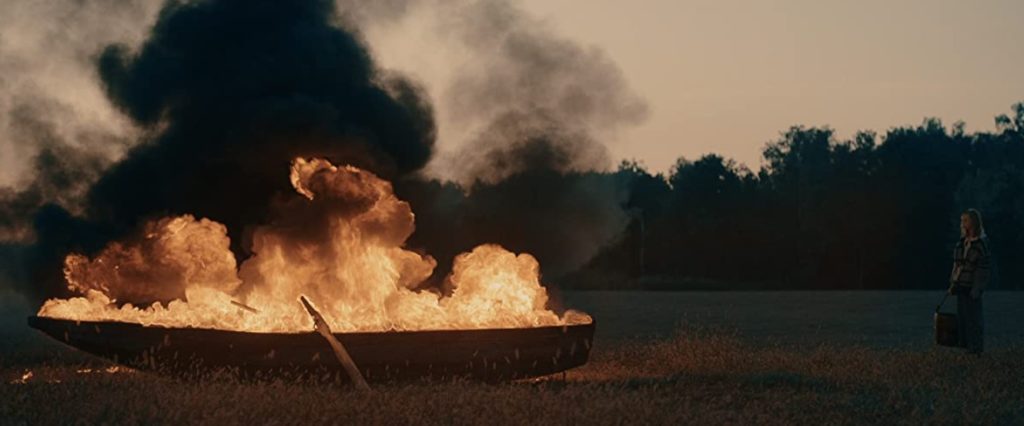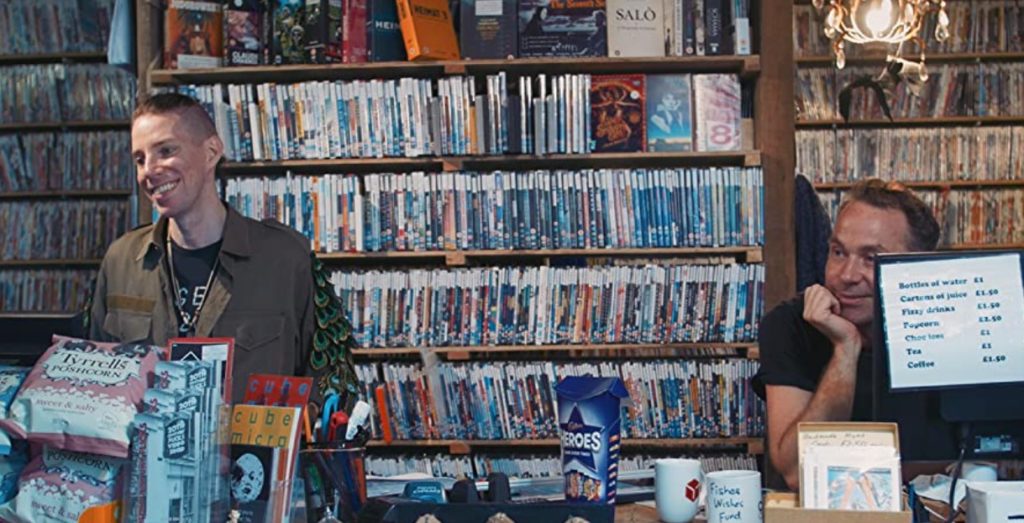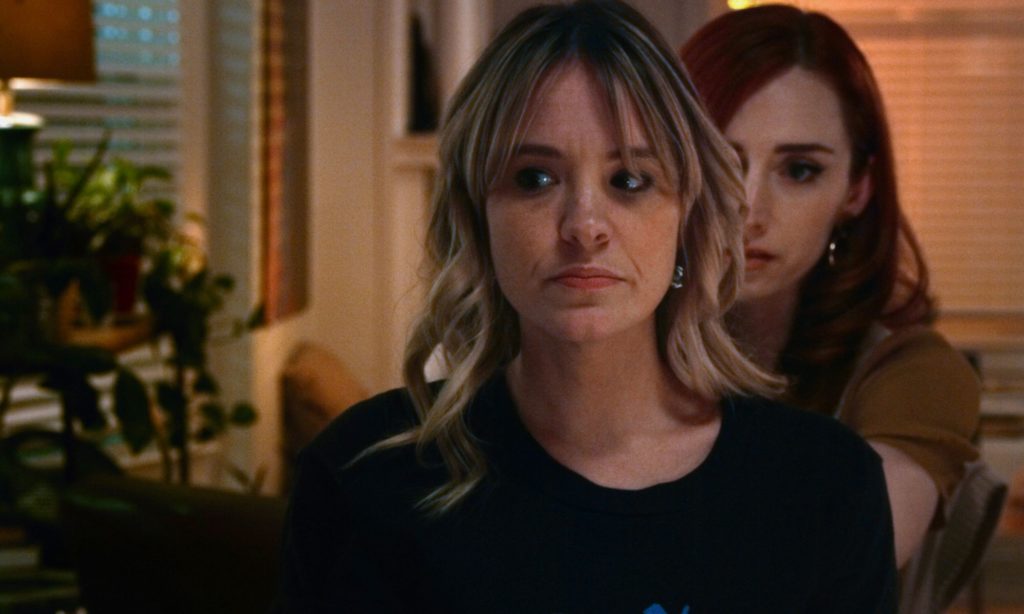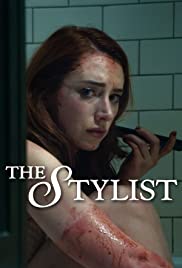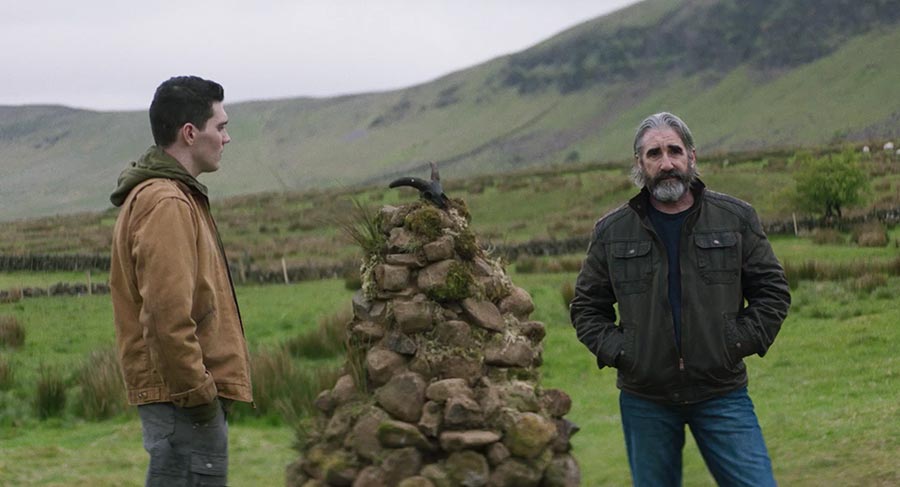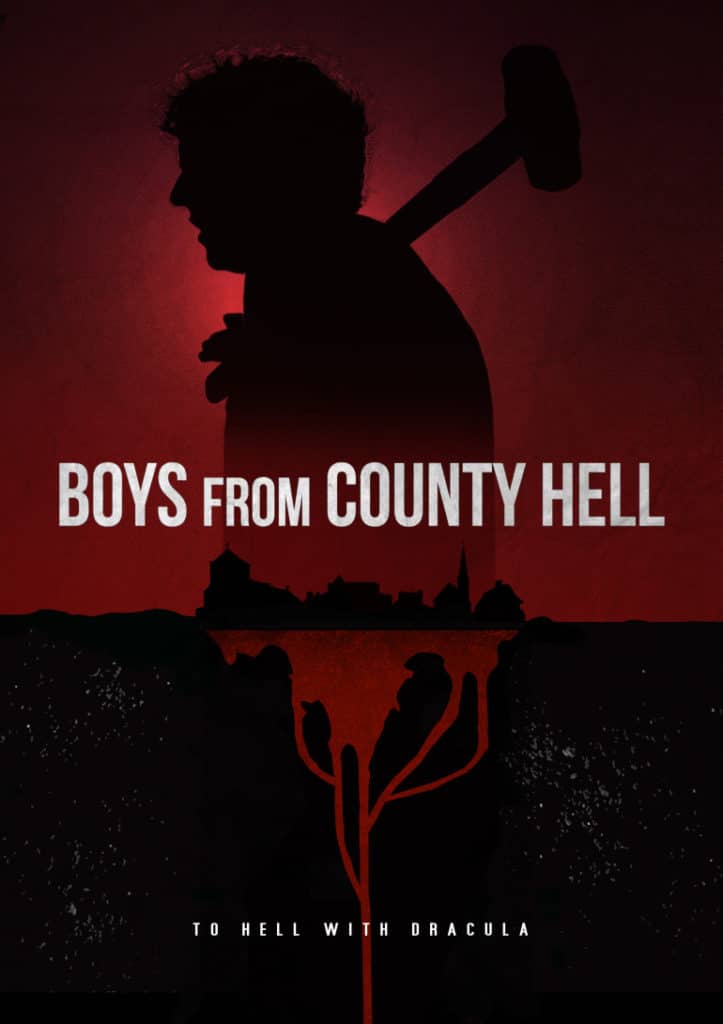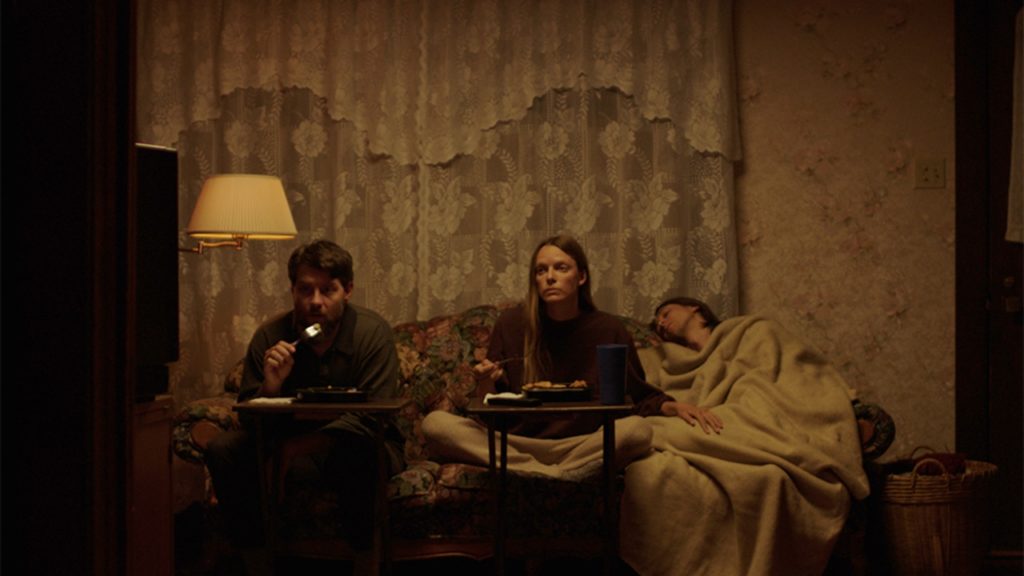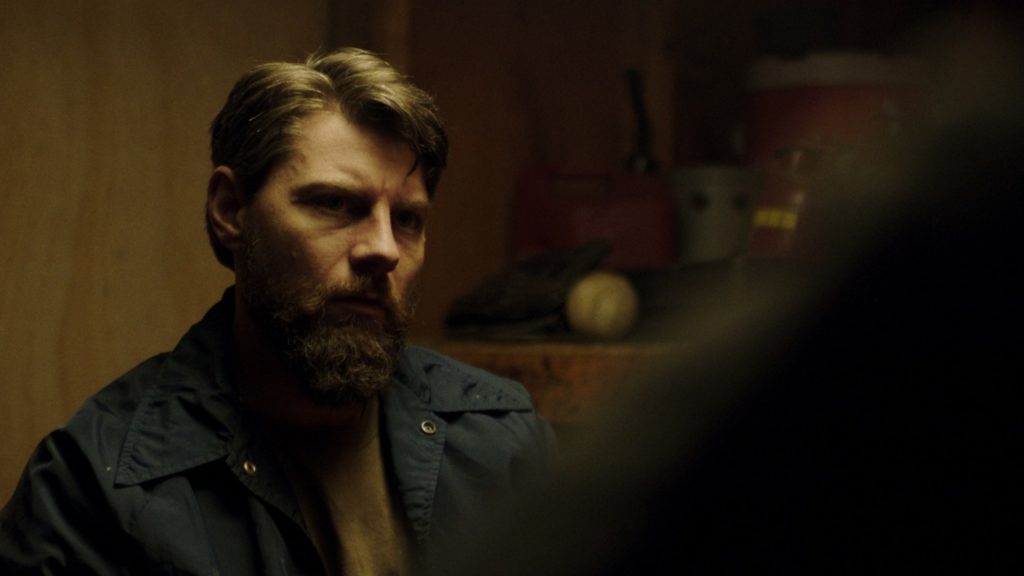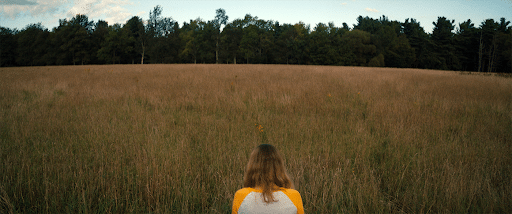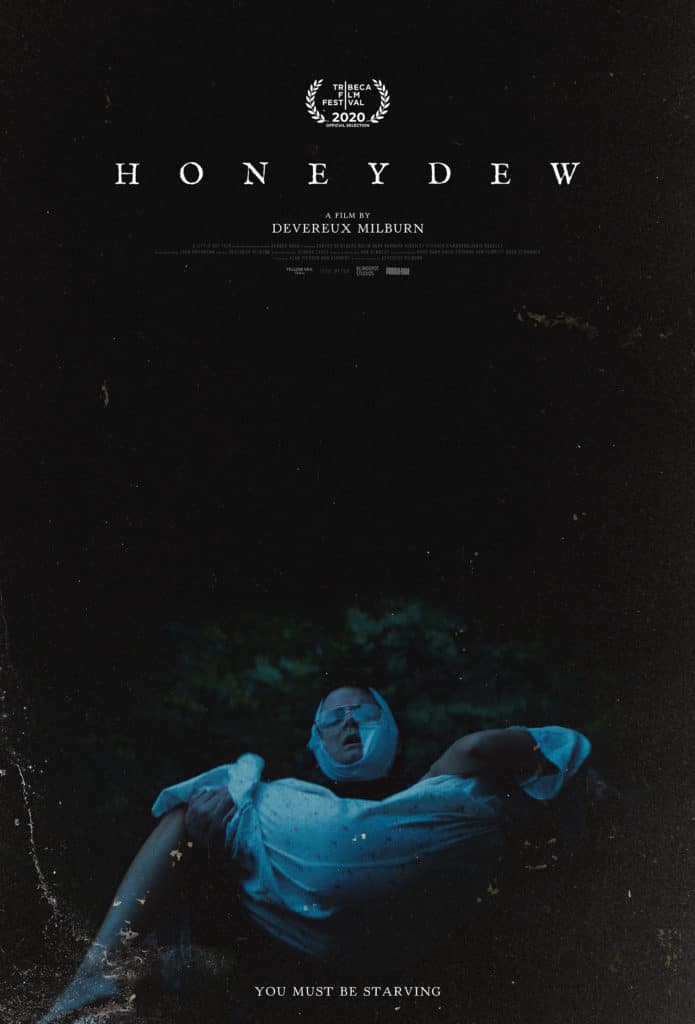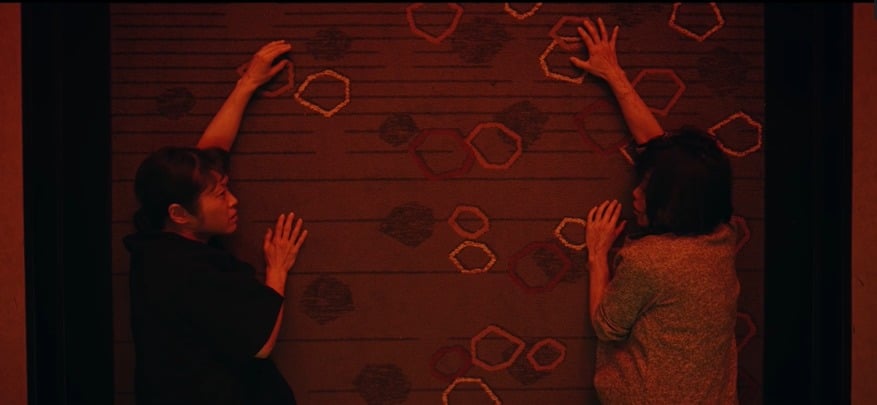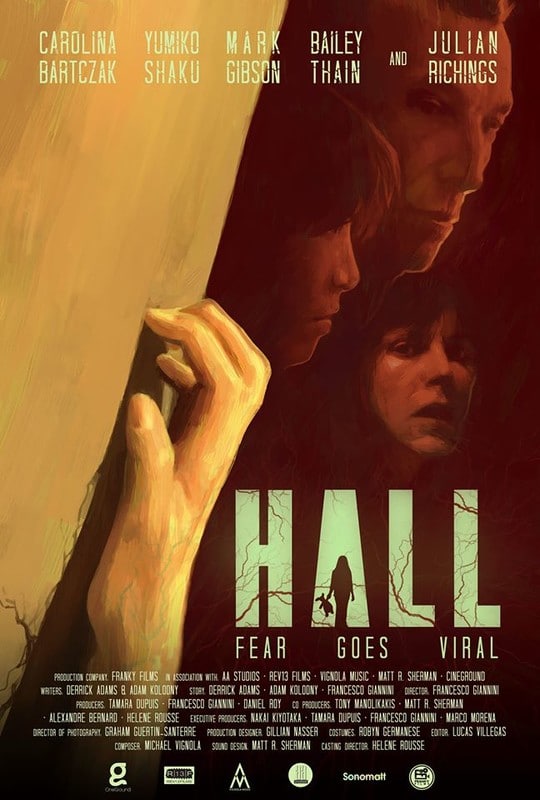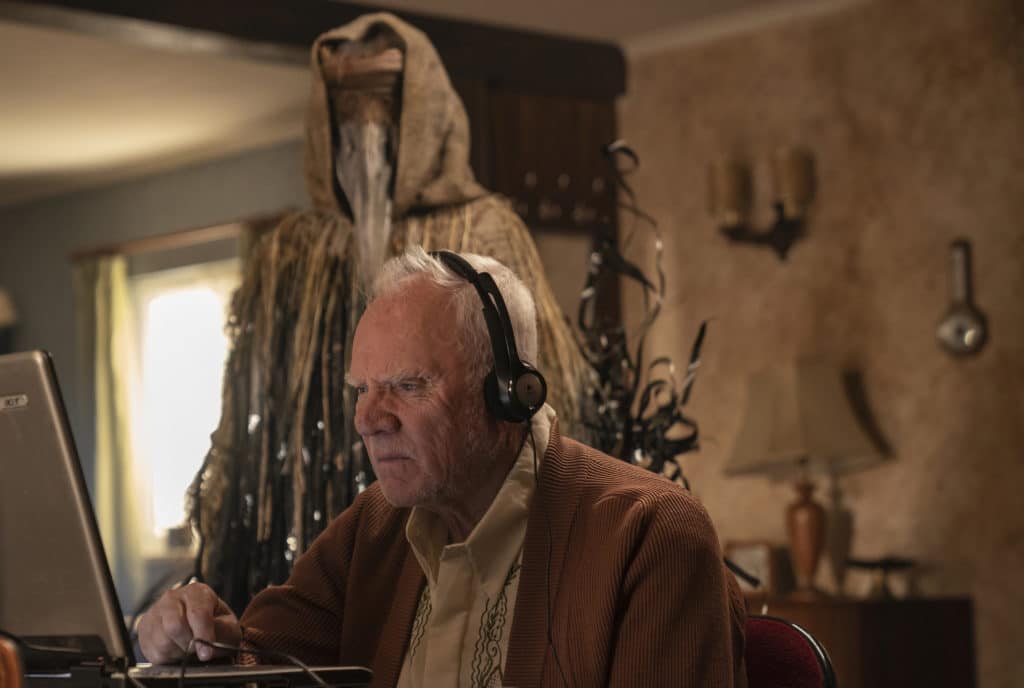
When you see the names Pegg and Frost attached to a project, then by now you probably have a fair idea of what to expect: the type of humour, the affectionate inclusion of horror and sci-fi elements, and – when they’re at their best, I’d argue – something intrinsically British. The unfinished pub crawl of World’s End, the corner shop skit in Shaun of the Dead, the ‘greater good’ of Hot Fuzz; these are things which feel like an in-joke to British audiences, and probably appeal to others at least partially because the writers are adept at grappling with British settings, characters and laughs. Truth Seekers (2020) is a return to the TV series format, and whilst it’s not quite up there with the best of the projects which Pegg and Frost (joined by Peter Serafinowicz and Nat Saunders) have ever penned, it makes good use of its thirty minute episodes, making for a decent, entertaining watch overall. It may have been put together with one eye on a follow-up series, but perhaps we shouldn’t be too aggrieved by that; Truth Seekers answers enough of its own questions and showcases a talent for structure and writing, so that some plot lines are wrapped up in the same show, some not until the whole series has run its course.
Nick Frost is the main character here, playing Gus, employee of Smyle, an internet service provider. I assume they got away with that logo, by the way, as the series appears on Amazon Prime video…Anyway, he’s good at what he does, and often gets tasked with the trickier jobs which form part of the ‘great work’: ensuring the whole of the UK are in receipt of Smyle’s 6G broadband (6G! Masts have been burned for far less). On the side, Gus is a paranormal investigator with his own ailing YouTube channel; it’s not too long before we discover that at least part of his fascination with the occult stems from his wife Emily’s fascination with same, though she is no longer around. Emily’s dad, Richard (Malcolm McDowell) lives with Gus now; theirs is a sometimes strained relationship, but by and by, they get along together alright, if Richard can’t quite get past mocking Gus for his online hobbies.
Gus’s equilibrium is disturbed by the presence of a new partner, Elton (Samson Kayo). He’s not much fussed by taking on some greenhorn, and though Elton seems nice enough, he clearly doesn’t stick it at anything he does for very long – it sounds as though he’s had a hundred jobs in his time. Much of Elton’s motivation stems from a need to look out for/look after his sister, Helen (Susan Wokoma), who, despite her bolshy demeanour, hides away from the outside world, living via her various sci-fi fandoms. Still, it isn’t long until some of the strange phenomena which Gus has made it his business to track down begin to find him and Elton; it means an awful lot more footage for the channel, but also it dawns on them that something much bigger is going on; their encounter with a girl called Astrid (Emma D’Arcy) brings them sharply up against the existence of another realm. Occult author Peter Toynbee (Julian Barratt) seems to be involved, and when a mysterious commenter begins appearing on Gus’s page to guide them towards making certain discoveries, they find themselves up against forces far larger than they’d banked on.
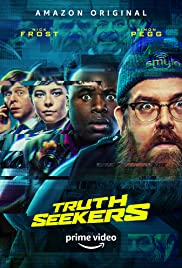
The series makes space along the way for other supernatural themes and storylines which work in and of themselves; some of these have their roots in genuine tales, such as the ‘Lincolnshire Poacher’ numbers station (and the series offers up an effective solution for this little mystery). We also get possession, witch curses, hauntings, secret rooms – there’s plenty happening, even at times too much, but what’s really charming about Truth Seekers is how the characters begin to mesh together. People expecting to see Pegg and Frost sharing a lot of screen time may well be disappointed: they do share a screen, but not for much of the time, as Pegg’s is a fairly minor character in all this – well, for the most part. Frost holds the floor, playing a charming, good-hearted if at times bumbling figure, but his growing friendship with young Elton is handled very nicely, and these two actors are good together. Perhaps even better is the developing friendship between Helen and Richard; McDowell is phenomenally funny here, presumably really relishing the chance to play an acerbic old git and doing it very well. He has some of the finest lines in the series; there are lots of ‘Easter eggs’ here relating to his arguably best-known role as Alex in A Clockwork Orange, but thankfully, not done in the Moffat style whereby you get the distinct impression that the writing started with them and then cast about for a plot as an afterthought. There’s also some gentle ribbing of the YouTube generation, as well as the likes of LARPers and superfans, though it’s a case of laughing with, and not at the target audience.
The final episode ends on a cliff-hanger, which suggests that the remit of the show is going to get even broader, come the next series – and it seems almost certain that there will be one. It’ll be interesting to see how the writing team handles this, but the groundwork is done and, all in all, this is an enjoyable project with plenty to recommend it. It’s the kind of gentle, funny escapism we all probably need in 2020.
